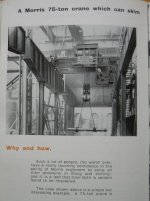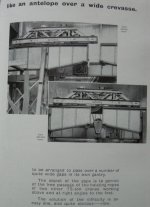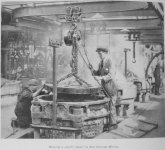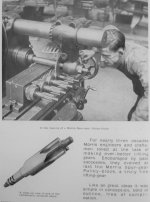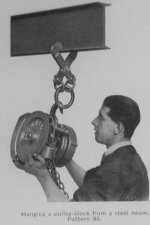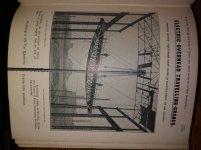Asquith
Diamond
- Joined
- Mar 3, 2005
- Location
- Somerset, UK

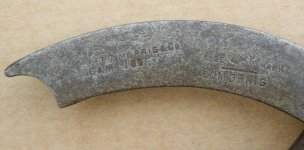
Herbert Morris & Co made a vast range of cranes and other lifting equipment. A friend recently gave me these chalk-holding compasses made (or just branded) by the company.
I'm curious as to why it would be thought better to use these rather than conventional pointed dividers to scribe an arc? Perhaps blacksmiths favoured a coarse white mark over a sharper scribed curve, when working in a dark forge?
The basic design would probably look familiar to an 18th century person, but these are dated 1887. They are also stamped with a broad arrow and 'WD' (War Department). Their last known user was a maintenance man in a south Wales colliery, who probably acquired them after WW1.
If there's any interest, I'll post photos of other aspects of Herbert Morris's work.



